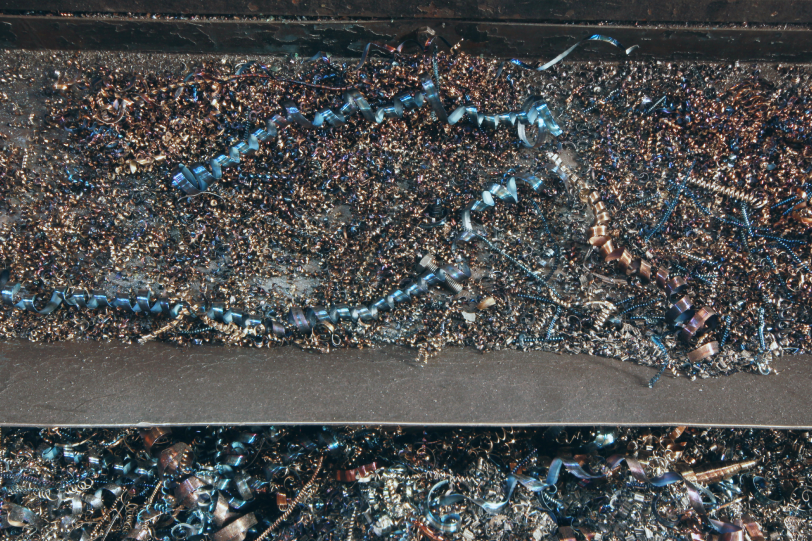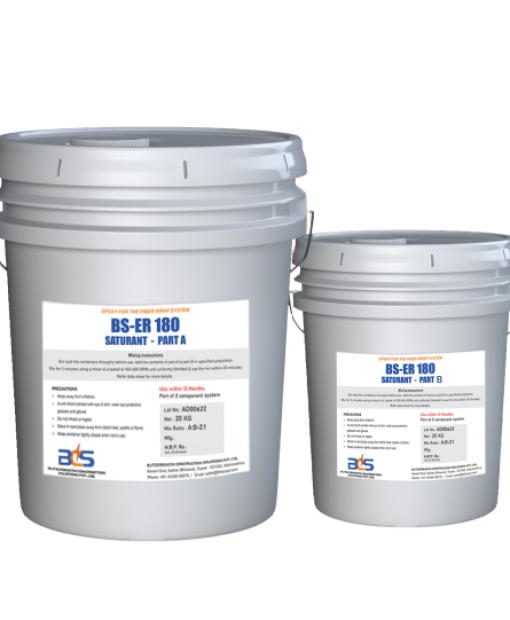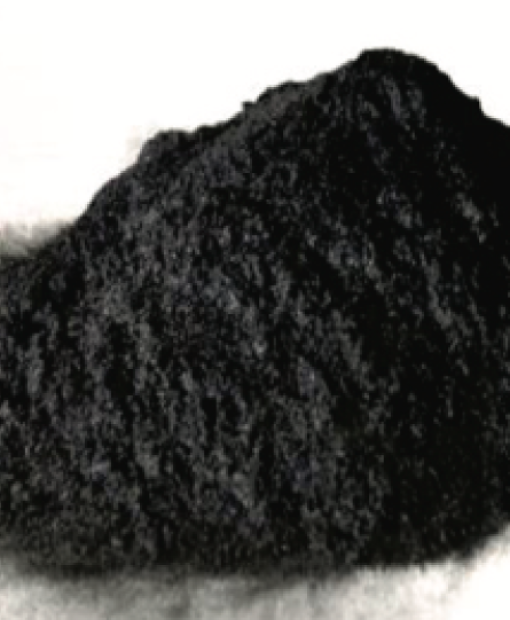Unidirectional Carbon Fiber Fabrics
Products
- Unidirectional Carbon Fiber Fabrics
- Bidirectional Carbon Fiber Fabrics
- Carbon Fiber Plate For Reinforcement
- Carbon Fiber Rebar (CFRP)
- Carbon Fiber Laminates (CFRP)
- Chopped Carbon Fibre Strands
- Carbon Fiber Powder
- Epoxy Resin For Fabrics
- Prepreg Carbon Fiber Fabric
- Chemical Anchoring & Rebar Grouting Epoxy
- Epoxy Putty For Surface Preparation

Get In Touch With Us
+91 9702035271
Overview
Unidirectional carbon fibre fabrics are composite materials where fibres run in a single direction, optimising strength and stiffness along that axis. This makes them ideal for applications in aerospace, automotive, sports equipment, and civil engineering. Their high strength-to-weight ratio, corrosion resistance, and thermal stability offer significant advantages in these fields.

The iron industry plays a pivotal role in global economies, driving sectors ranging from infrastructure development to manufacturing and beyond. As a foundational material in industrial production, iron's significance extends to sectors like transportation, aerospace, and renewable energy, where its strength and durability are indispensable. With ongoing advancements in metallurgical technology and sustainable practices, the iron industry continues to innovate, ensuring that this essential metal remains integral to shaping a sustainable and resilient future.
Properties
- Lightweight and easy to construct, minimally increasing the weight of existing structures
- Soft and easy to cut, suitable for various shapes, and adheres closely to reinforced concrete surfaces
- Thin and easy to overlap
- High tensile strength and flexibility, providing reinforcement equivalent to steel plates
- Resistant to acids, alkalis, and corrosion, suitable for harsh environments
- The recommended epoxy resin adhesive has excellent permeability, is easy to apply, and requires minimal time
- Non-toxic with no irritating odour, safe for construction in occupied areas
- Carbon fibre fabrics have high tensile strength, 10-15 times greater than ordinary stee
| No | Fiber Spec. | Tensile Strength (Mpa) | Weight (gsm) | Thickness | Width (mm) |
|---|---|---|---|---|---|
| UD-F200 | 12K | =3400 | 200 | 0.111 | 100 - 500 |
| UD-F300 | 12K | =3400 | 300 | 0.167 | 100 - 500 |
| UD-F600 | 12K | =3400 | 600 | 0.45 | 100 - 500 |
Success Stories
I've been sourcing unidirectional and bidirectional carbon fibre fabrics from this company for over two years. Their products consistently meet the high standards required for our aerospace applications. The quality, strength, and durability of the fabrics are exceptional. They are excellent in meeting customers’ needs is top-notch, always ready to assist with any queries or special requests.
1
1
Our values
Determined to cultivate long-lasting client relationships, grounded in fairness and excellence across all aspects of our operations. Our dedication ensures unparalleled satisfaction and trust.
Quality Assurance
Close Coordination
Customer Satisfaction
Epoxy Putty For Surface Preparation
Chemical Anchoring & Rebar Grouting Epoxy
Prepreg Carbon Fiber Fabric
Epoxy Resin For Fabrics
Carbon Fiber Powder
Chopped Carbon Fibre Strands
Carbon Fiber Laminates (CFRP)
Carbon Fiber Rebar (CFRP)
Carbon Fiber Plate For Reinforcement
Bidirectional Carbon Fiber Fabrics
Main Application
- Concrete Beam Bending and Shear Reinforcement: These fabrics bolster the structural integrity of concrete beams by providing enhanced bending and shear strength. They effectively distribute loads and resist bending forces, improving the overall performance and durability of concrete structures.
- Plate Bending Reinforcement: In plate structures, bidirectional carbon fibre fabrics offer reinforcement against bending stresses. They reinforce plates, such as those found in bridges, floors, and walls, to withstand applied loads and prevent premature failure.
- Columns and Seismic Reinforcement: Bidirectional carbon fibre fabrics play a crucial role in reinforcing columns and other structural elements against seismic forces. They enhance the ductility and stiffness of columns, mitigating the risk of damage during earthquakes and other seismic events.
- Industrial and Civil Buildings Reinforcement: These fabrics reinforce industrial and civil buildings, including factories, warehouses, and commercial complexes. By improving the strength and stability of structural components, they ensure the safety and longevity of these buildings, even under demanding conditions.
- Road and Bridge Reinforcement: Bidirectional carbon fibre fabrics reinforce roadways, bridges, and other transportation infrastructure. They enhance the load-bearing capacity of concrete and steel structures, reducing maintenance needs and extending service life.
- Water Conservancy Reinforcement: In water conservancy projects like dams, reservoirs, and water treatment facilities, these fabrics provide reinforcement against hydraulic pressures and structural loads. They strengthen critical components, ensuring the integrity and reliability of water infrastructure systems.
- Nuclear Power and Energy Infrastructure Reinforcement: Bidirectional carbon fibre fabrics offer reinforcement solutions for nuclear power plants, energy facilities, and pipelines. They enhance structural resilience, withstand harsh environments, and contribute to the safety and efficiency of energy infrastructure.










